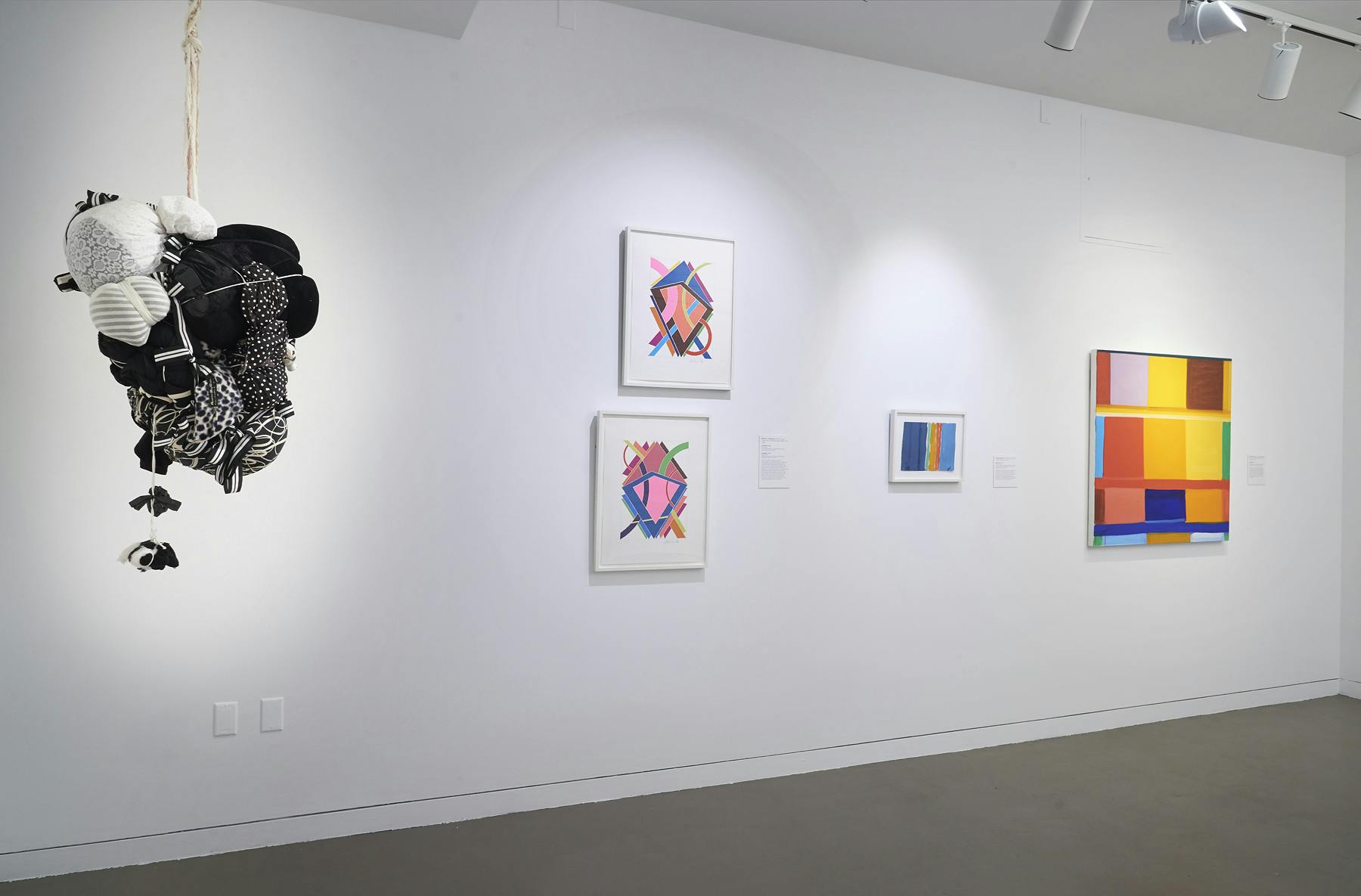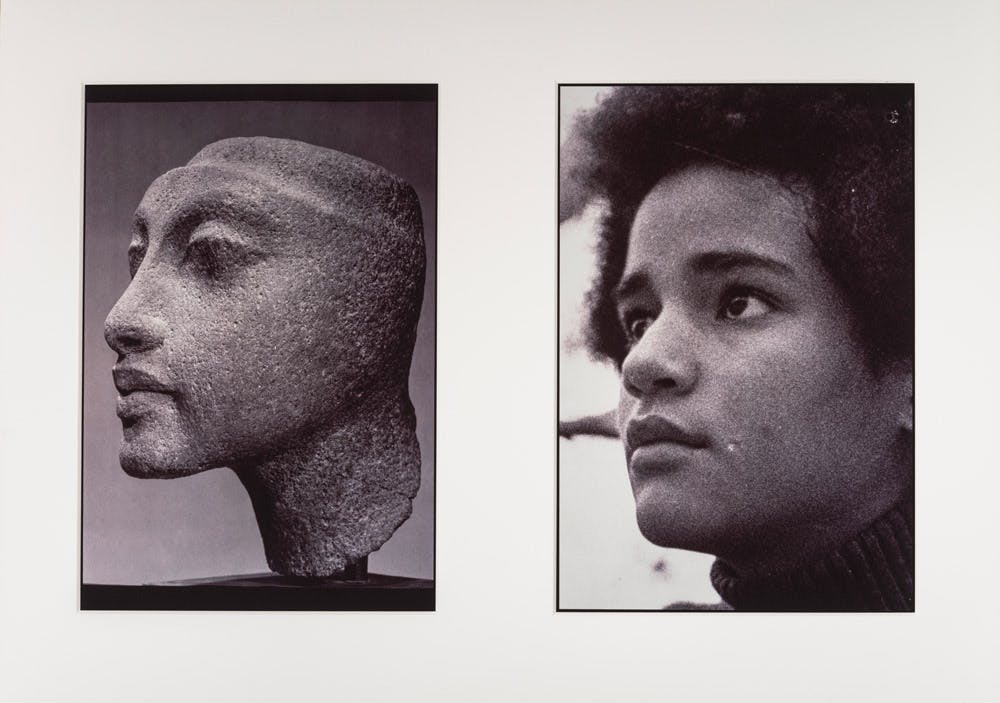Bob Thompson
(1937–1966)Bob Thompson brought the political tumult of the early 1960s into his dynamic figurative paintings, challenging the midcentury interest in abstraction as a preferred mode of expression.
Biography
Born and raised in Kentucky, Thompson initially studied medicine at Boston University before transferring to the art program at the University of Louisville in 1958. His time there, along with a summer spent in Provincetown, Massachusetts, introduced him to Expressionism.
Upon moving to New York, Thompson interacted with leading artists and writers of the Beat Generation and participated in early Fluxus Happenings organized by Allan Kaprow and Red Grooms. In the 1960s, he spent time in Paris, Ibiza, and Rome, where he studied works by the European masters. During this time, and upon his return to New York in 1963, he gained national and international critical acclaim.
Known for his reinterpretations of Baroque and Renaissance paintings, Thompson created a visual language of his own out of elements of the European canon. His work addresses themes such as collectivity, struggle, justice, and the history of race relations. Influenced by the improvisational and exploratory qualities of jazz music, he reconfigures compositions by artists such as Piero della Francesca and Francisco Goya then populates them with overlapping silhouettes of human and animal figures. Occasionally contemporaries of his, such as Allen Ginsburg and Nina Simone, appear. His juxtapositions of hot and cool colors allude to the forces of good and evil—a quality echoed in his allegorical and mythological subject matter.
Thompson produced more than one thousand paintings during his eight-year-long career. His life was cut short by mental health struggles, as he died less than a month before his twenty-ninth birthday. His work has been featured in Studio Museum exhibitions such as The World of Bob Thompson (1978) and Regarding the Figure (2017).
Exhibitions and Events
Bob Thompson
(1937–1966)Bob Thompson brought the political tumult of the early 1960s into his dynamic figurative paintings, challenging the midcentury interest in abstraction as a preferred mode of expression.
Painting (Standing Blue Figure), n.d.
Biography
Born and raised in Kentucky, Thompson initially studied medicine at Boston University before transferring to the art program at the University of Louisville in 1958. His time there, along with a summer spent in Provincetown, Massachusetts, introduced him to Expressionism.
Upon moving to New York, Thompson interacted with leading artists and writers of the Beat Generation and participated in early Fluxus Happenings organized by Allan Kaprow and Red Grooms. In the 1960s, he spent time in Paris, Ibiza, and Rome, where he studied works by the European masters. During this time, and upon his return to New York in 1963, he gained national and international critical acclaim.
Known for his reinterpretations of Baroque and Renaissance paintings, Thompson created a visual language of his own out of elements of the European canon. His work addresses themes such as collectivity, struggle, justice, and the history of race relations. Influenced by the improvisational and exploratory qualities of jazz music, he reconfigures compositions by artists such as Piero della Francesca and Francisco Goya then populates them with overlapping silhouettes of human and animal figures. Occasionally contemporaries of his, such as Allen Ginsburg and Nina Simone, appear. His juxtapositions of hot and cool colors allude to the forces of good and evil—a quality echoed in his allegorical and mythological subject matter.
Thompson produced more than one thousand paintings during his eight-year-long career. His life was cut short by mental health struggles, as he died less than a month before his twenty-ninth birthday. His work has been featured in Studio Museum exhibitions such as The World of Bob Thompson (1978) and Regarding the Figure (2017).






